Please sign in to access this resource
Not a Florida public school educator?
Access this resourceon CPALMS.com
General Information
Aligned Standards
This vetted resource aligns to concepts or skills in these benchmarks.Related Videos

Ecologist Rebecca Means discusses the use of statistical sampling and comparative studies in field biology.

An archaeologist describes how an ancient weapons technology can be used to bring home dinner or generate data for a math lesson.

Underwater sampling with cameras has made fishery management more accurate for NOAA scientists.
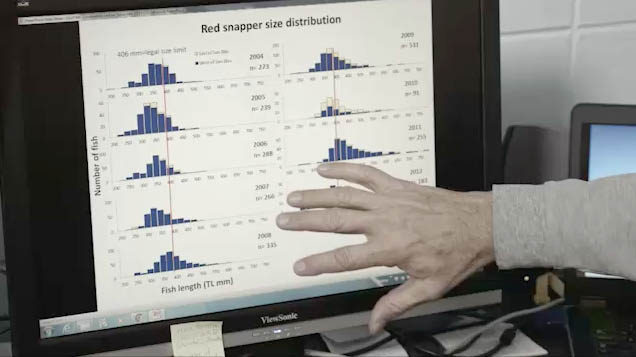
NOAA Fishery management relies on histograms to show patterns and trends over time of fishery data.

Graphic designer and artist, Drexston Redway infuses statistics into his artwork to show population distribution and overlap of poverty and ethnicity in Tallahassee, FL.
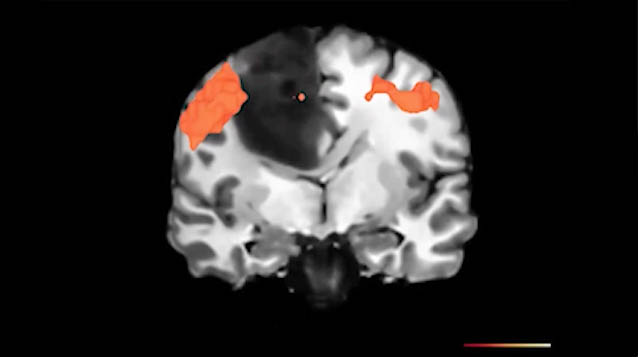
Jens Foell discusses how statistical noise reduction is used in fMRI brain imaging to be able to determine which specifics parts of the brain are related to certain activities and how this relates to patients that suffer from phantom limb pain.
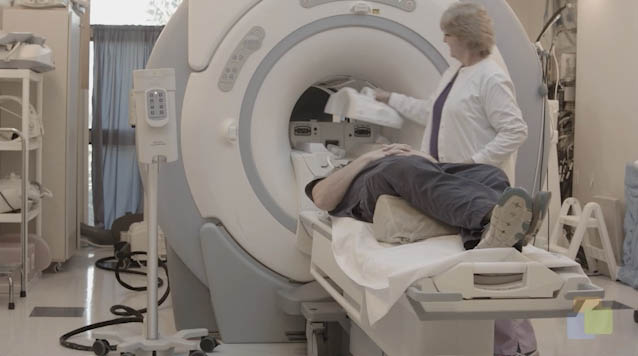
Florida State researcher Jens Foell discusses the use of fMRI and statistics in chronic pain.
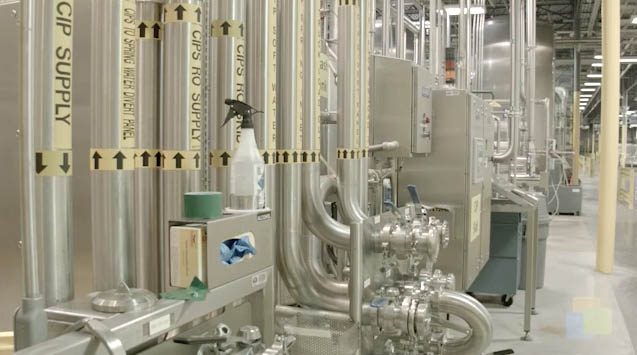
Hydrogeologist from Nestle Waters discusses the importance of statistical tests in monitoring sustainability and in maintaining consistent water quality in bottled water.
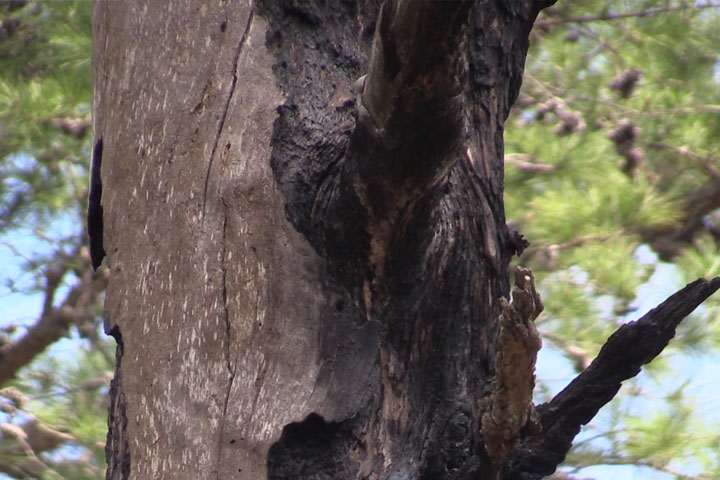
In this video, Jim Cox describes a sampling method for estimating the density of dead trees in a forest ecosystem.
Download the CPALMS Perspectives video student note taking guide.

Want an unforgettable field trip led by a real scientist where your students get hands-on experience with collecting population data? Consider the "" educational program from Remote Footprints.
Download the CPALMS Perspectives video student note taking guide.

Invasive lionfish are taking a bite out of the ecosystem of Biscayne Bay. Biologists are looking for new ways to remove them, including encouraging recreational divers to bite back!

Sometimes scientists conduct a census, too! Learn how population sampling can help monitor the progress of an ecological restoration project.

Dive in and learn about how statistics can be used to help research sea turtles!

Dr. Bill McShea from the Smithsonian Institution discusses sampling and inference in the study of wildlife populations.
This video was created in collaboration with the Okaloosa County SCIENCE Partnership, including the Smithsonian Institution and Harvard University.

The tide is high! How can we statistically prove there is a relationship between the tides on the Gulf Coast and in a fresh water spring 20 miles from each other?
Download the CPALMS Perspectives video student note taking guide.

This ecologist from the Coastal Plains Institute discusses sampling techniques that are used to gather data to make statistical inferences about amphibian populations in the wetlands of the Apalachicola National Forest.

How do scientists collect information from the world? They sample it! Learn how scientists take samples of phytoplankton not only to monitor their populations, but also to make inferences about the rest of the ecosystem!

It's impossible to count every animal in a park, but with statistics and some engineering, biologists can come up with a good estimate.

This activity will send your measurement lab to new distances.
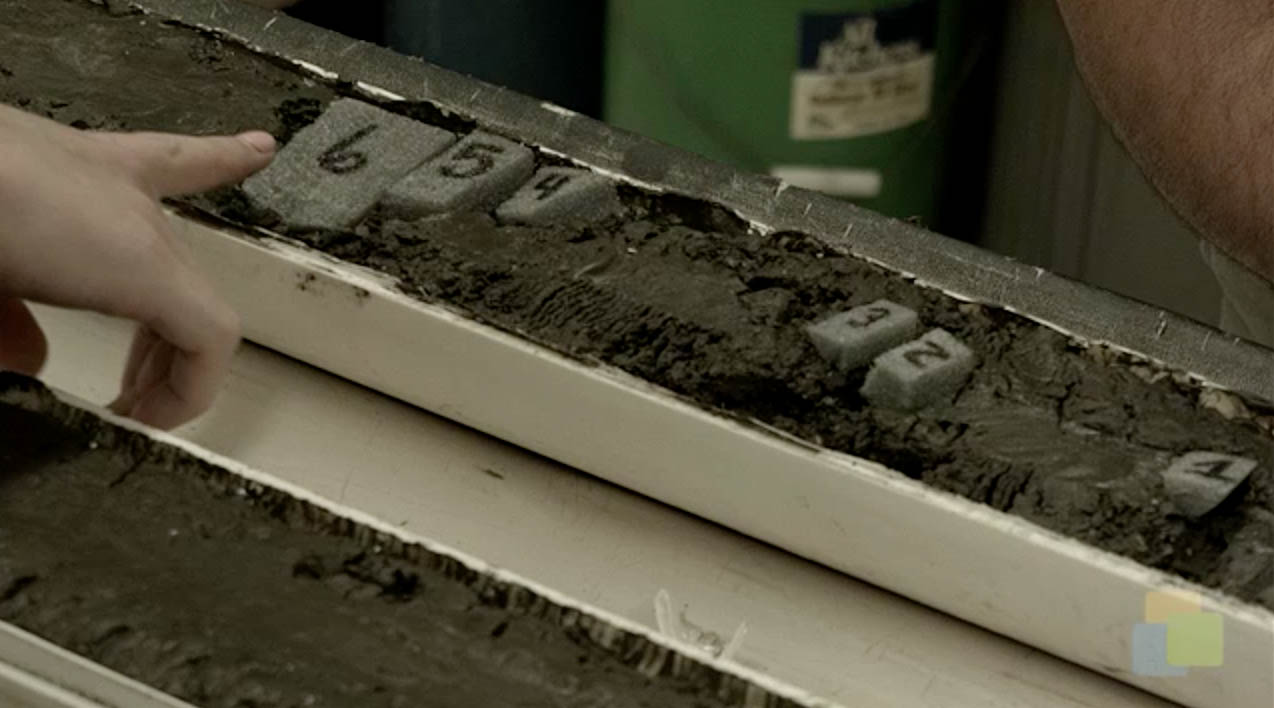
Eugene Domack, a geological oceanographer, describes how sediment cores are collected and used to estimate rates of ice sheet movement in Antarctica. Video funded by NSF grant #: OCE-1502753.
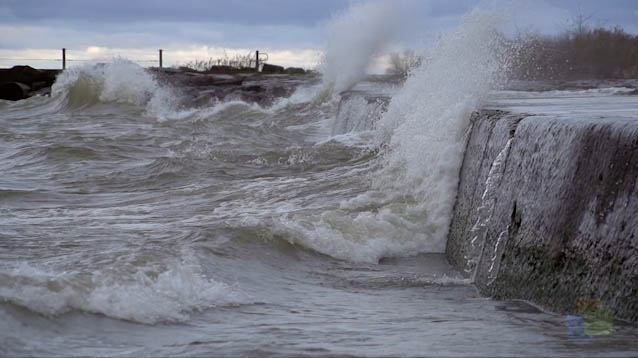
Entrepreneur and meteorologist Mark Powell discusses the need for statistics in his mathematical modeling program to help better understand hurricanes.
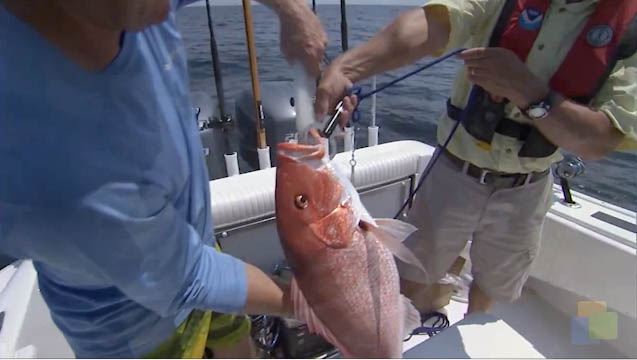
NOAA Scientist Doug Devries discusses the differences between fishery independent surveys and fishery independent surveys. Discussion includes trap sampling as well as camera sampling. Using graphs to show changes in population of red snapper.
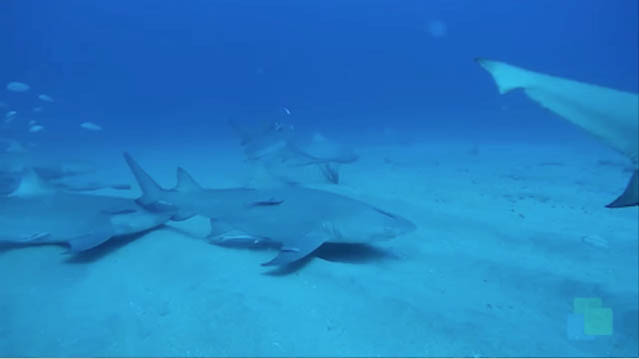
Fish Ecologist, Dean Grubbs, discusses how using statistical sampling can help determine legal catch rates for fish that may be endangered.
Download the CPALMS Perspectives video student note taking guide.
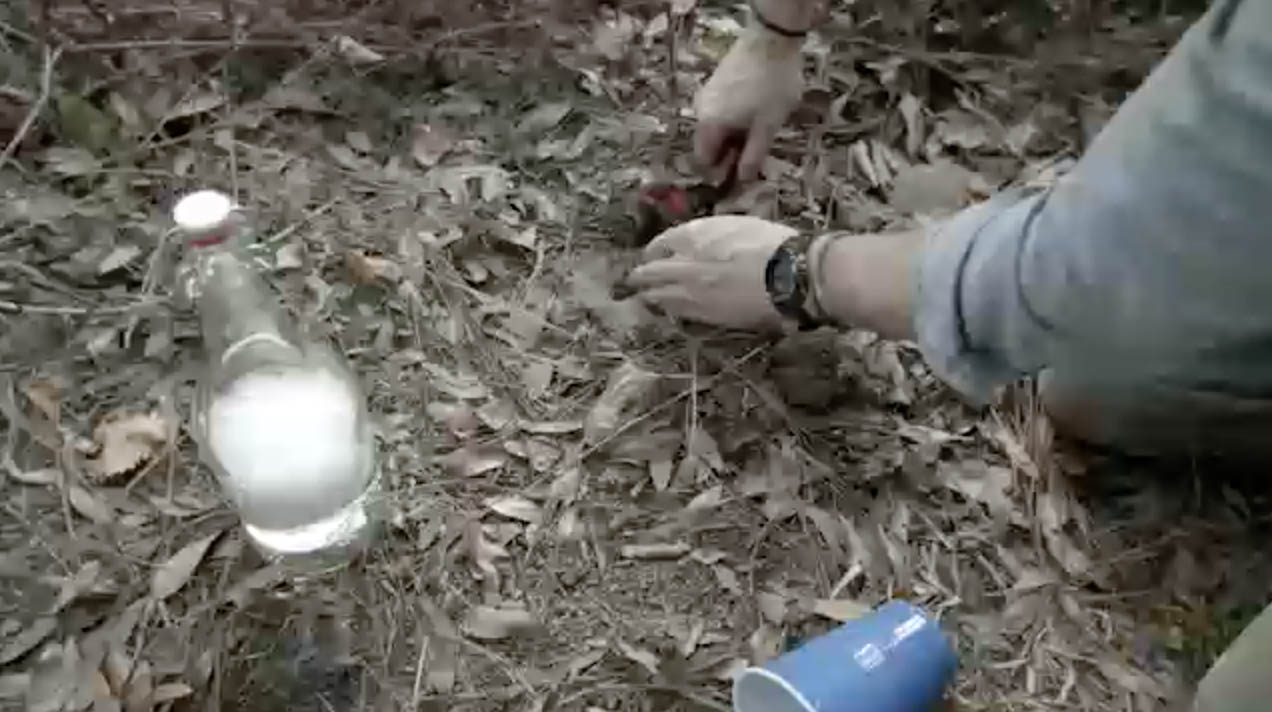
Patrick Milligan shares a teaching idea for collecting insect samples.

Unlock an effective teaching strategy for teaching median, mode, and range in this Teacher Perspectives Video for educators.

Hear how mathematics helped shape Dr. James O'Brien's groundbreaking research in ocean modeling of El Niño.

This FSU professor discusses the limitations and need for improvement to models used to forecast hurricanes.

This buzzworthy video features statistics, sampling, and how scientists make inferences about populations.
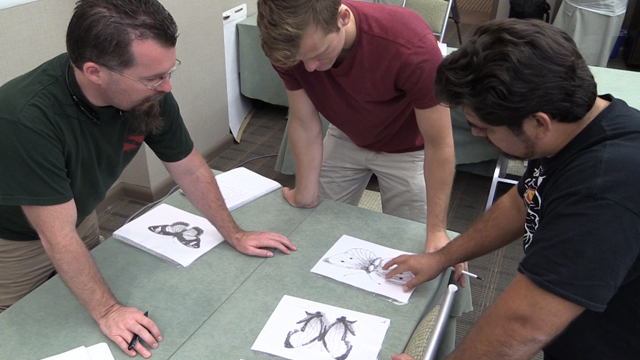
This researcher explains common methods behind randomized studies in the social sciences, specifically in education.

What happens when math models go wrong in forecasting hurricanes?
Download the CPALMS Perspectives video student note taking guide.

COAPS oceanographer Steve Morey describes how math is used to help research hurricanes and strong deep ocean currents that could effect deep water oil rigs.
Download the CPALMS Perspectives video student note taking guide.

Statistical analysis played an essential role in using microgravity sensors to determine location of caves in Wakulla County.
Download the CPALMS Perspectives video student note taking guide.

Carbon can take many forms, including foam! Learn more about how geometry and the Monte Carlo Method is important in understanding it.
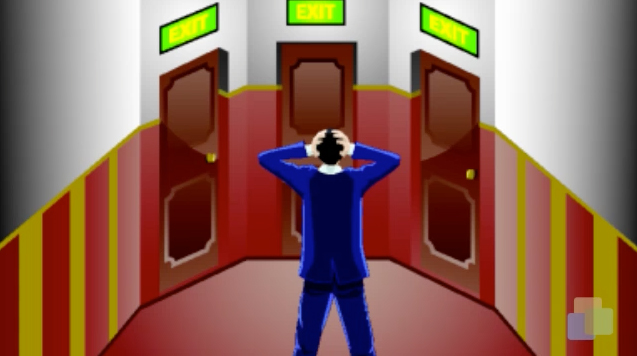
Should I keep my choice or switch? Learn more about the origins and probability behind the Monty Hall door picking dilemma and how Game Theory and strategy effect the probability.
Download the CPALMS Perspectives video student note taking guide.

What was the first question that started probability theory?
Download the CPALMS Perspectives video student note taking guide.

Florida State University Counseling Psychologist discusses how he uses confidence intervals to make inferences on college students' experiences on campus based on a sample of students.
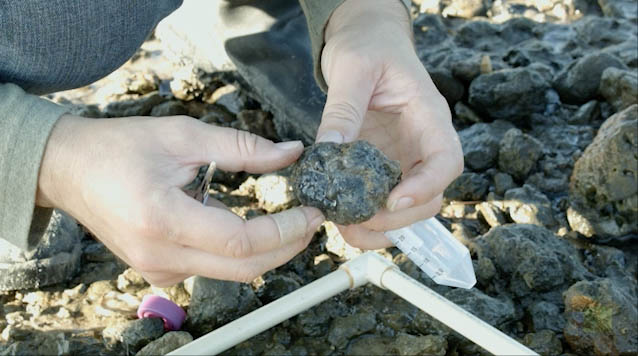
Will Ryan describes methods for collecting multiple random samples of anemones in coastal marine environments.

Will Ryan describes how linear regression models contribute towards his research on sea anemones.
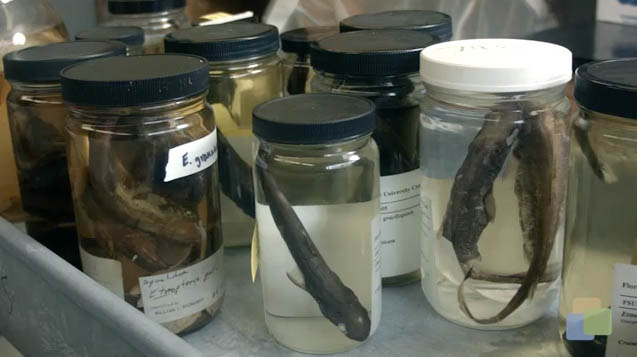
Deep sea shark researcher, Chip Cotton, discusses the need for a Power Analysis to determine the critical sample size in order to make inferences on how oil spills affect shark populations.
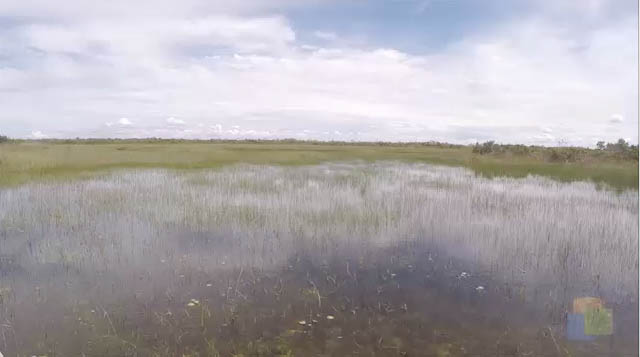
Dr. Tom Van Lent and Rajendra Paudel describe how modeling and simulation of water reservoirs are used to inform decisions about regulation of water flow in the Everglades.
Download the CPALMS Perspectives video student note taking guide.
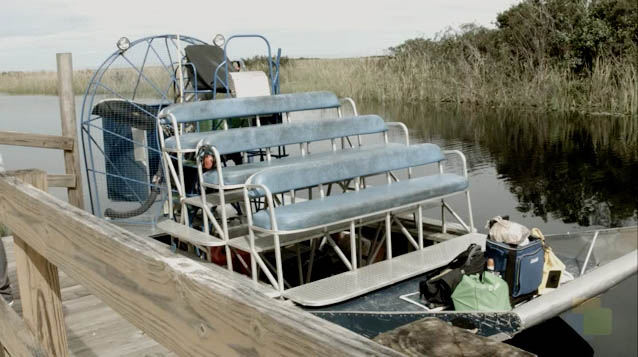
Dr. Tom Van Lent and Rajendra Paudel describe how hydrologic modeling is used to evaluate environmental conditions in the Everglades.
Download the CPALMS Perspectives video student note taking guide.
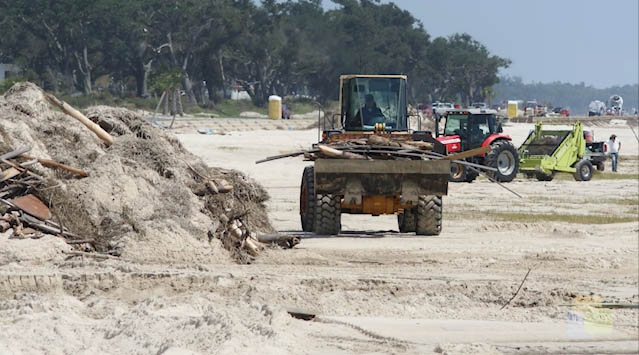
Hurricanes can hit at any time! How do insurance companies use math and weather data to help to restore the community?
Download the CPALMS Perspectives video student note taking guide.
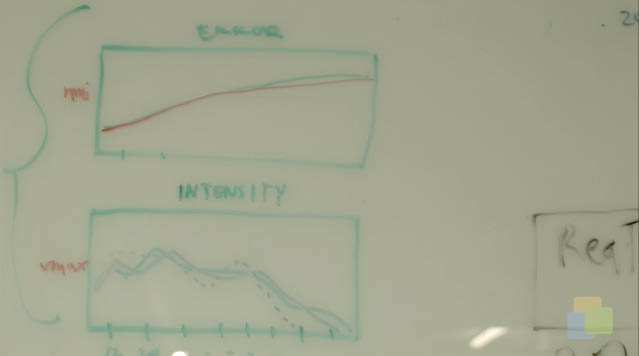
Meteorologist from Risk Management discusses the use of probability in predicting hurricane tracks.
Download the CPALMS Perspectives video student note taking guide.
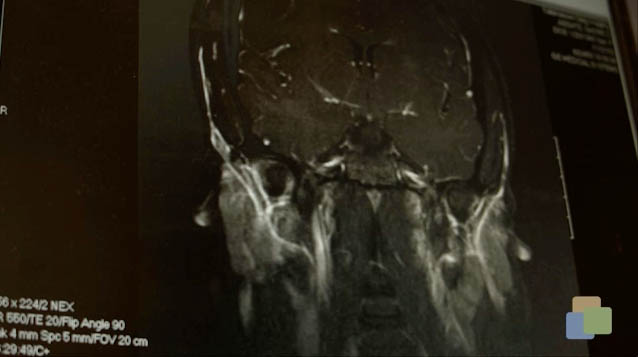
Jens Foell discusses the link between correlation and causation in PTSD patients.
Download the CPALMS Perspectives video student note taking guide.
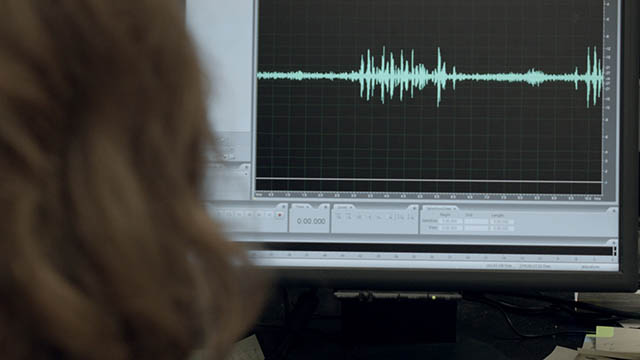
Researchers Frank Johnson, Richard Bertram, Wei Wu, and Rick Hyson explore the necessity of scientific and mathematical collaboration in modern neuroscience, as it relates to their NSF research on birdsong.
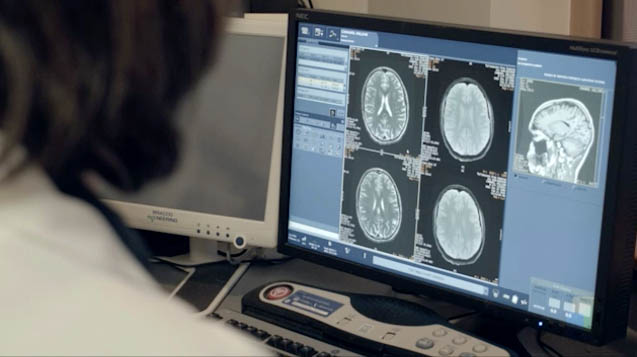
Wei Wu discusses his statistical contributions to the Birdsong project which help to quantify the differences in the changes of the zebra finch's song.
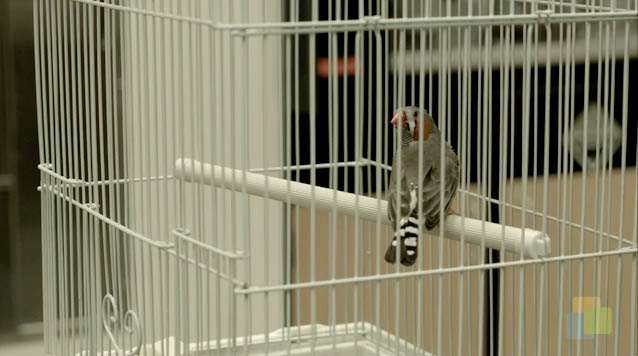
Richard Bertram discusses his mathematical modeling contribution to the Birdsong project that helps the progress of neuron and ion channel research.
Download the CPALMS Perspectives video student note taking guide.
![Cpalms [Logo]](/images/cpalms_color.png)







